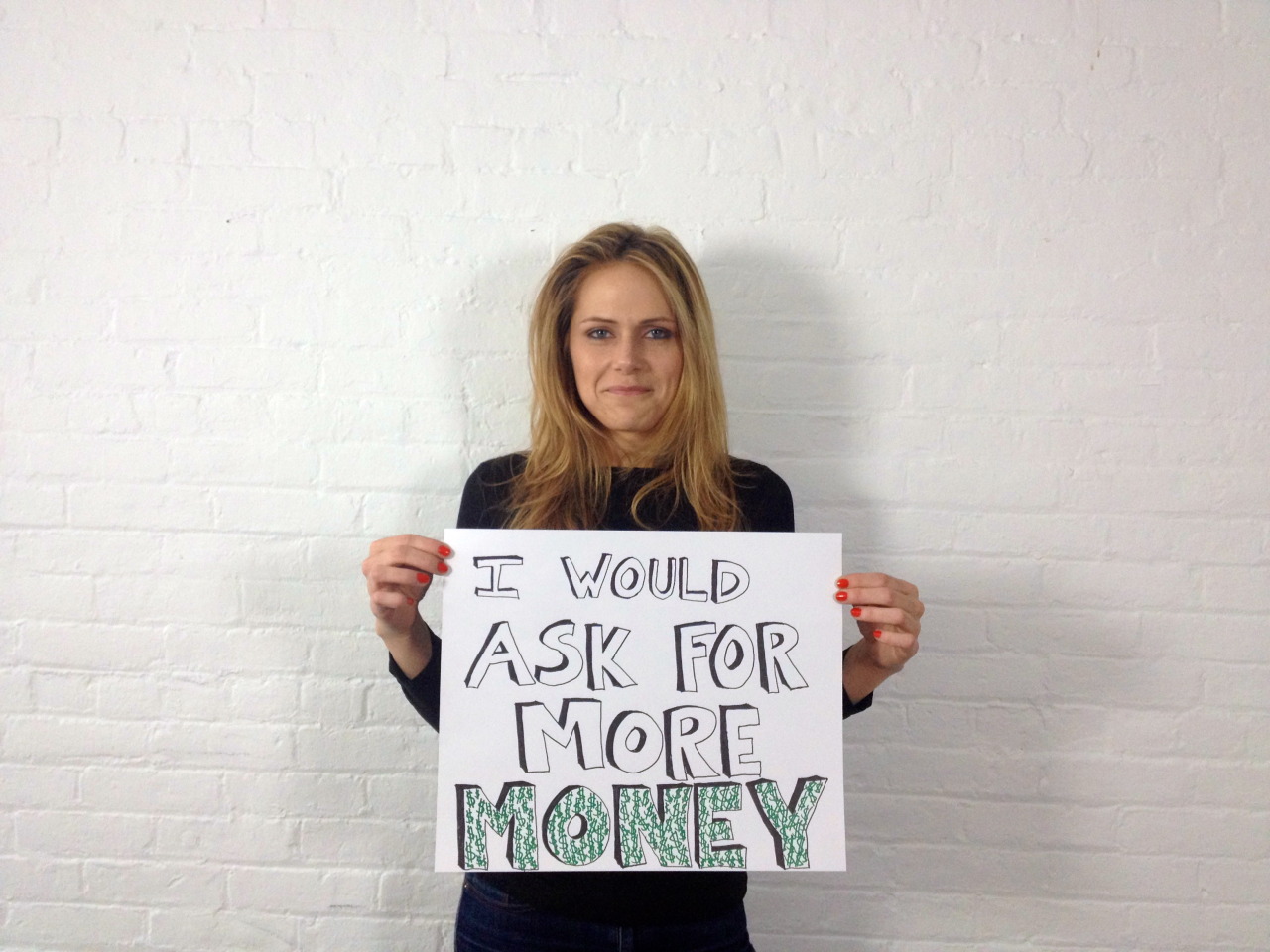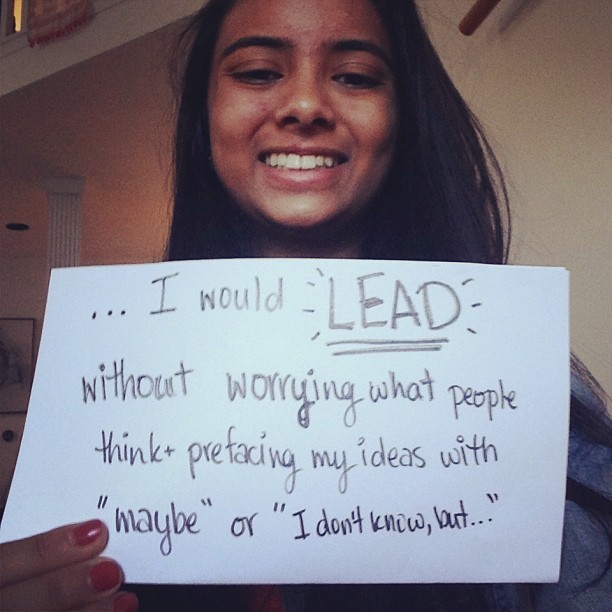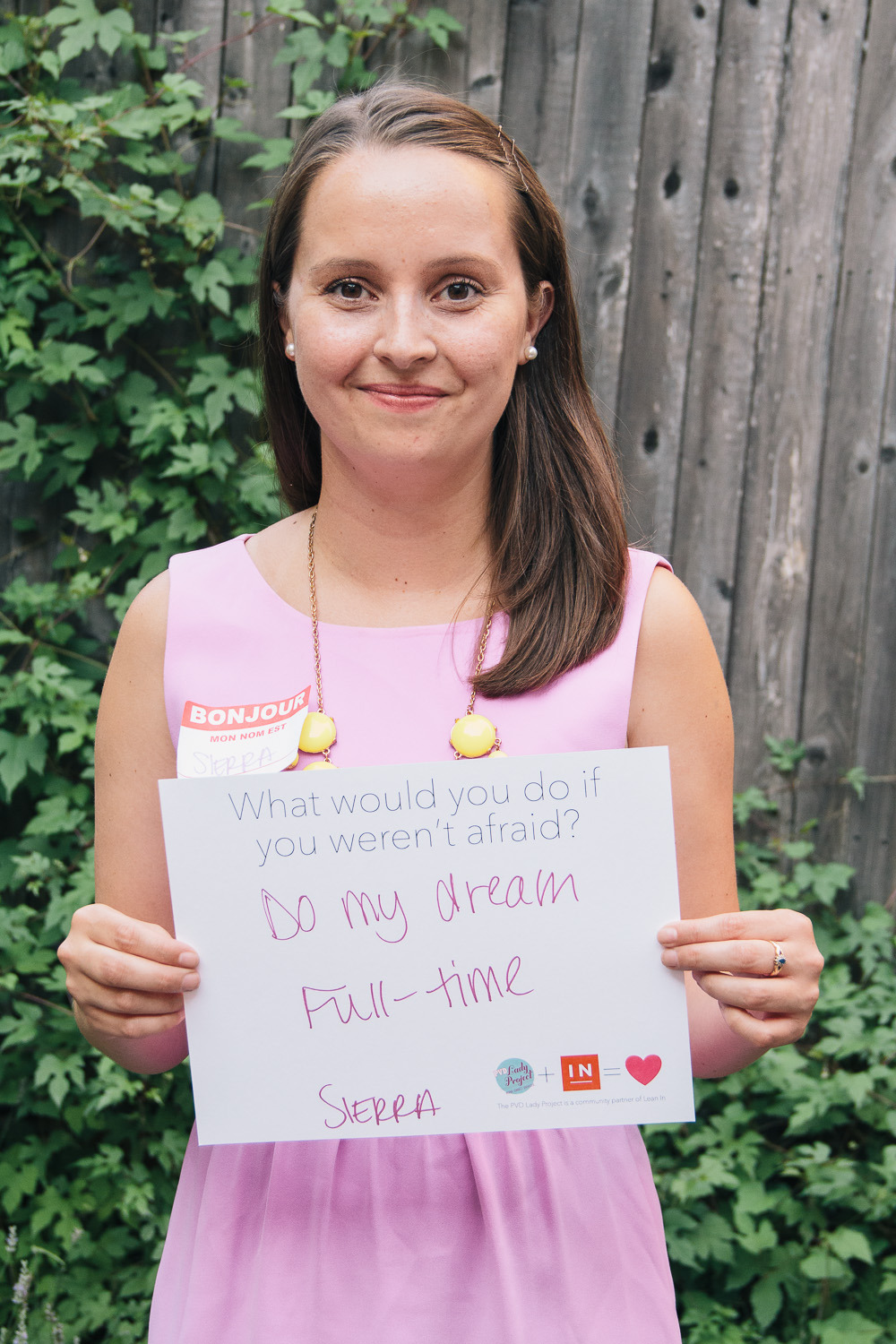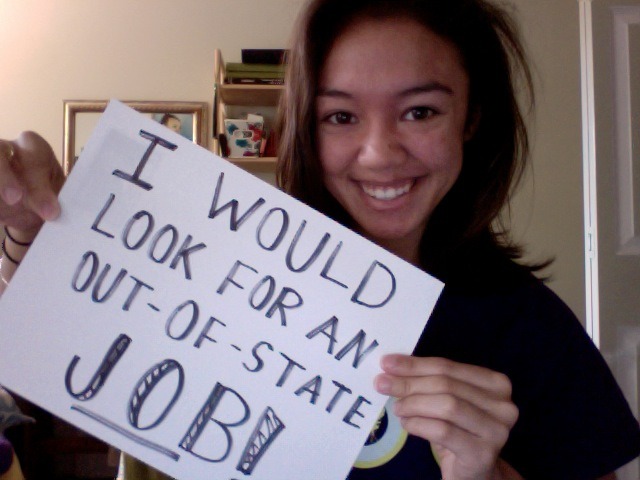1. George Clooney narrates your tour.
I've been to my fair share of museums in my day via school field trips and family visits to the Joselyn Art Museum in Omaha, NE when I was growing up. Typically, when visiting a museum you are given the option to lease a audio recording device that walks you through the exhibit. Growing up, we avoided these like the plague. A.) They usually cost money. B.) It made the visit that much longer to stop and listen to a description of each piece of art along the way. Neither of these made sense with a group of 30 five-year-olds. So I was slightly taken aback when we were handed free, "non-optional" audio devices upon entering the King Tut exhibit. But these convenient little devices really were the cherry on top of the whole experience. The recordings reduced the amount of reading, were narrated by soothing male and female voices (the male voice sounded suspiciously like George Clooney, but this is yet to be confirmed), and are available in both adult and child versions. Plus, the recordings made the exhibit a quiet, personal experience, instead of a rambunctious common area.
2. Nothing in the exhibit is real.
The King Tut exhibit features more than 1,000 exact replicas instead of the original artifacts. At first I was hesitant when I heard the exhibit didn't include any of the real artifacts from King Tut's tomb, but it quickly became clear why. The artifacts from King Tut's tomb are thousands of years old, making transportation nearly impossible. The exhibit spent an incredible amount of money to create these replicas, and as a result people in cities across the world are able to see what they looked like up-close. We weren't standing in front of display cases of 2-inch protective glass that preserved the millennia-old artifacts in temperature controlled environments, like they are at the Egyptian National Museum in Cairo. The replicas made the experience that much more accessible and, quite frankly, impressive. Plus, we saw replicas of artifacts that in real life have disintegrated or been stolen from museums in the decades following the tomb's discovery.
3. It's like stepping into a DeLorean, setting the data to 1922 and gunning it to 88 mph.
You will quite literally feel the wonder and awe (and challenges) experienced by the original archaeologists as you walk through the exhibit. Through a well-timed mix of lighting and voiceover, you will see the inner vestibules of the tomb uncovered piece by piece, just like the archaeologists did. It's pretty darn impressive, and even chill-inspiring.
4. You'll learn cool things you never learned in your 5th grade history class.
Like the fact King Tut was virtually forgotten about by the Egyptians, which is why his tomb was never raided by robbers. Or conspiracy theories about King Tut's death (bone disease, murder, an autoimmune disease?). Or how the original archeaologists died in freak or tragic ways shortly after discovering the tomb. (Okay, you probably new about "The Curse of the Pharaoh" re: The Mummy, but still, so cool.)
5. You'll leave feeling incredibly grateful to be living in the 21st century.
Sure, it would be awesome to be buried in a tomb with a gold sarcophagus, multiple coffins, three giant pure-gold shrines and all the things you could possibly need in the afterlife. But, air conditioning. And living in a scorpion-free environment. And sleeping on soft pillows, not this royal ivory head rest. It's the little things.
Tickets run close to $20 for adult non-member general admission. But with exhibits like this becoming a regular occurrence at Union Station, it might be worthwhile to explore membership.
images via













